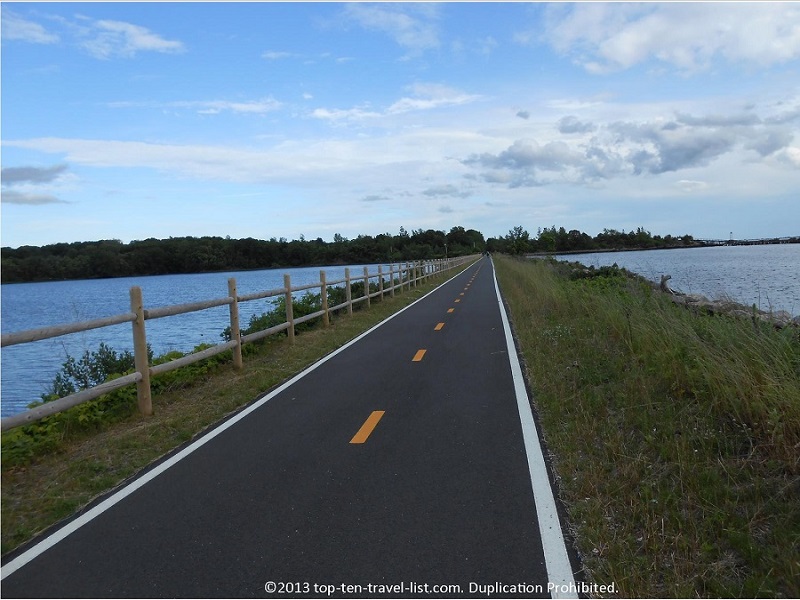Maybe for road bikes. But for mountain bikes, lighter is better, because it's easier to control a lighter bike on rough, steep terrain, and if you need to hike-a-bike (see my avatar image!) it's much easier to carry a lighter bike over obstacles.
I also expect my 2025 bike to be indistinguishable from a non-electric bike at a casual glance; to have a belt drive (well, my 2019 e-bike does); and to have automatic assist levels as well as being able to control assist manually.
Why is there this obsession that an ebike look like a tradition bike? Why can't an ebike highlight the drive system like most motorcycles do. I think a lot of biker's have their Spandex too tight.



